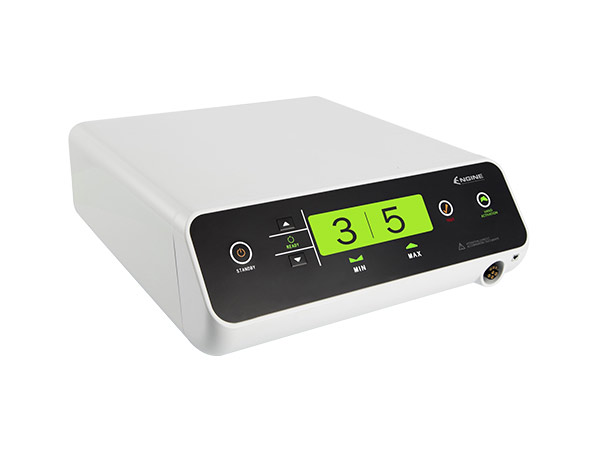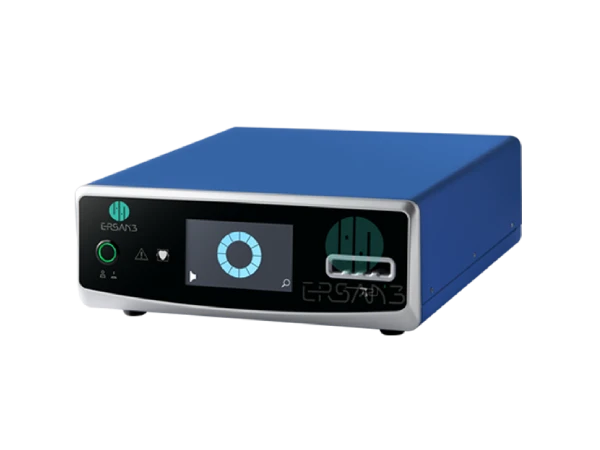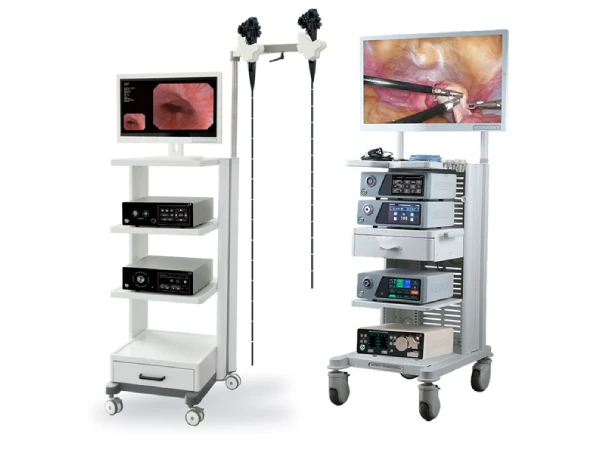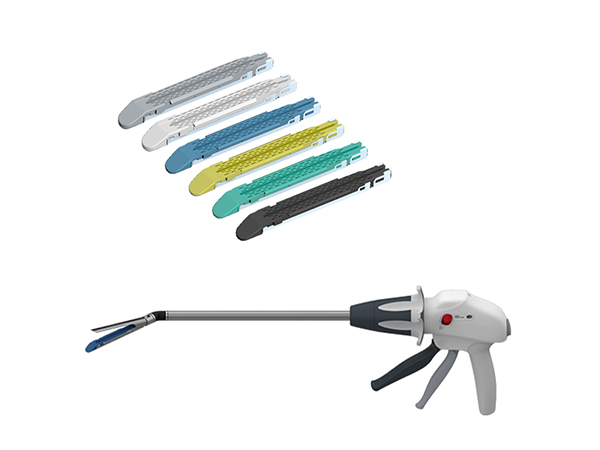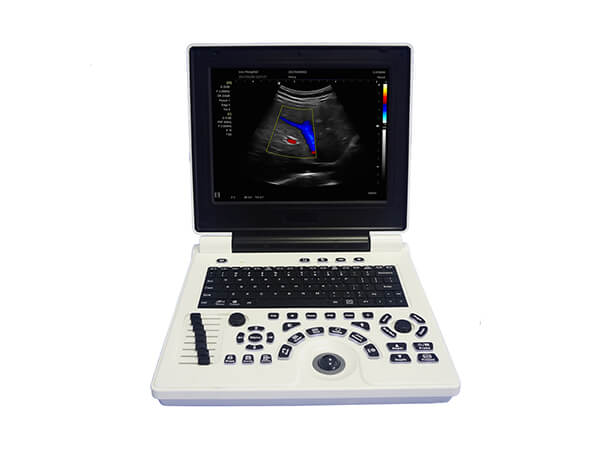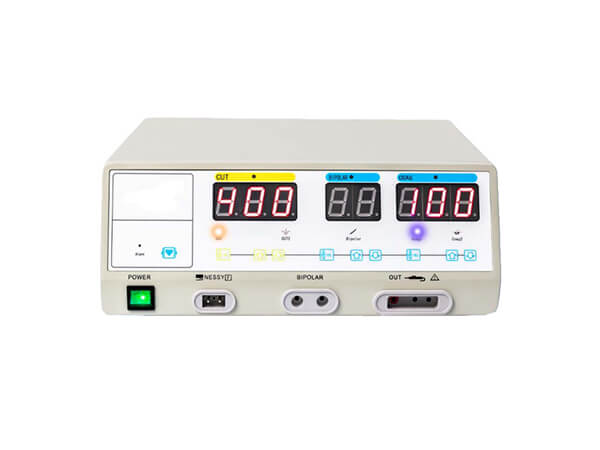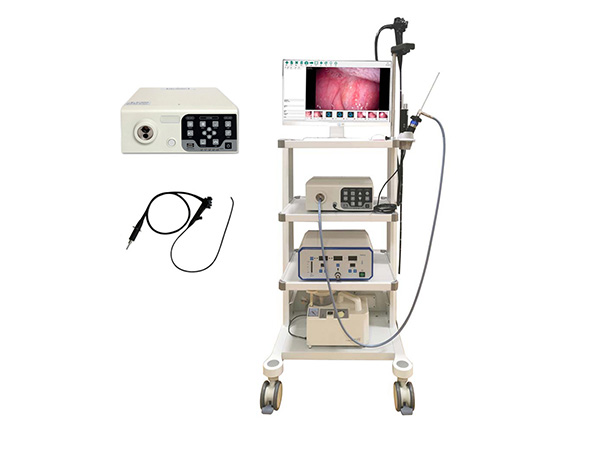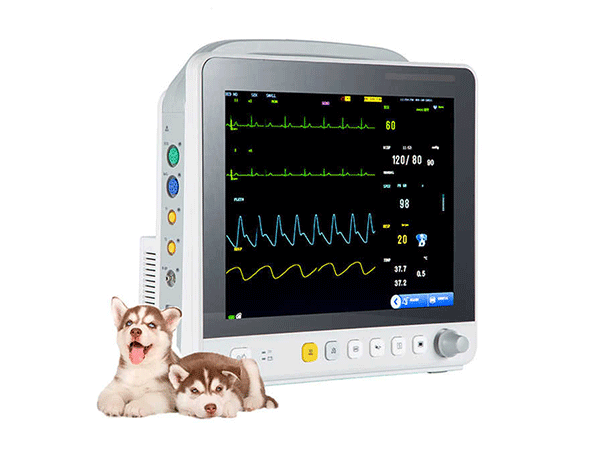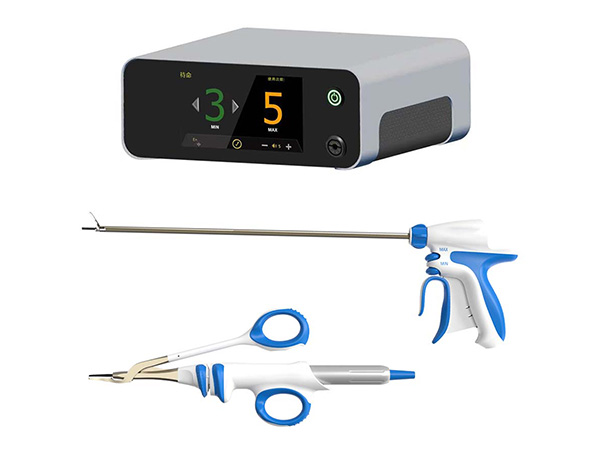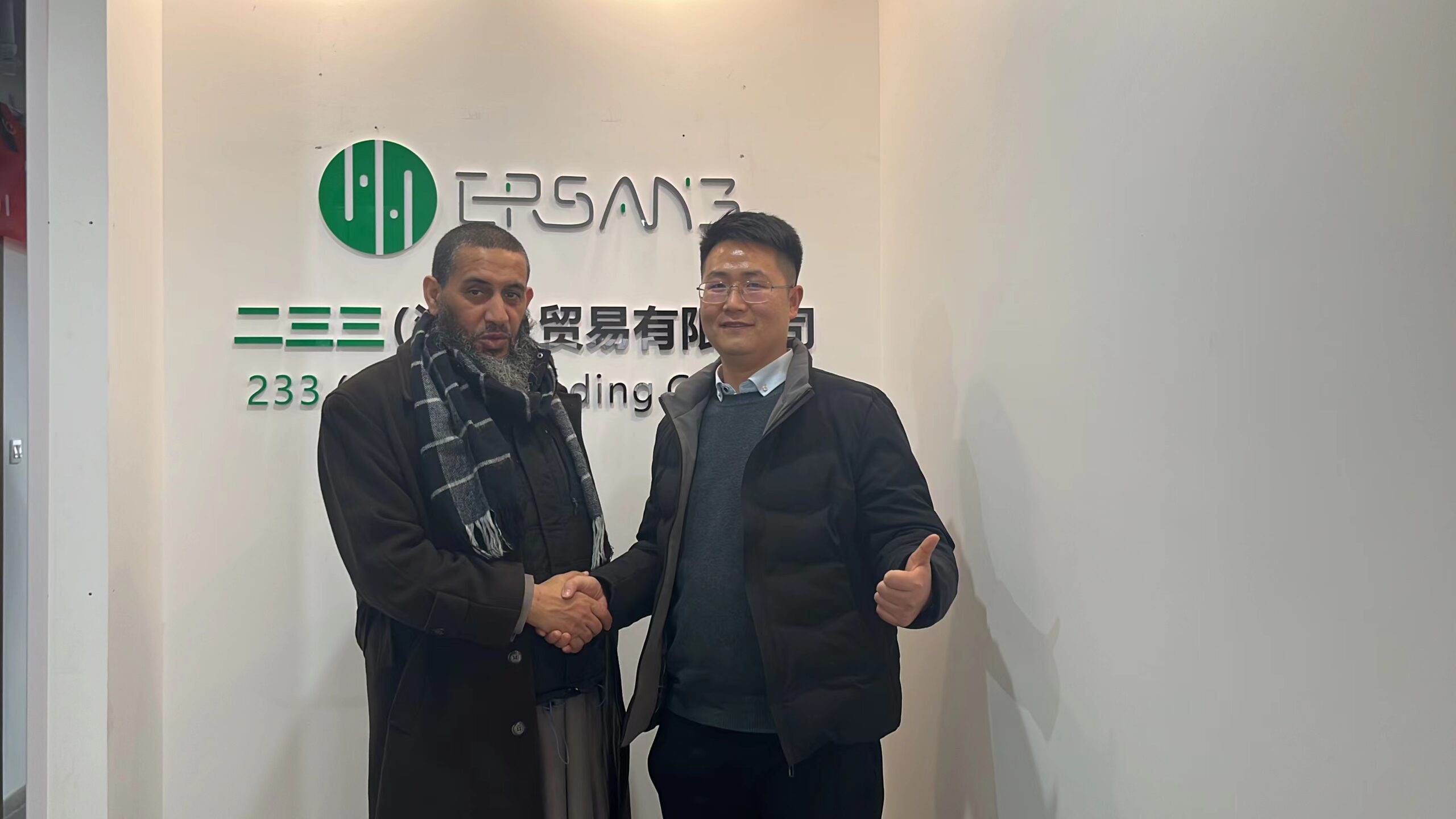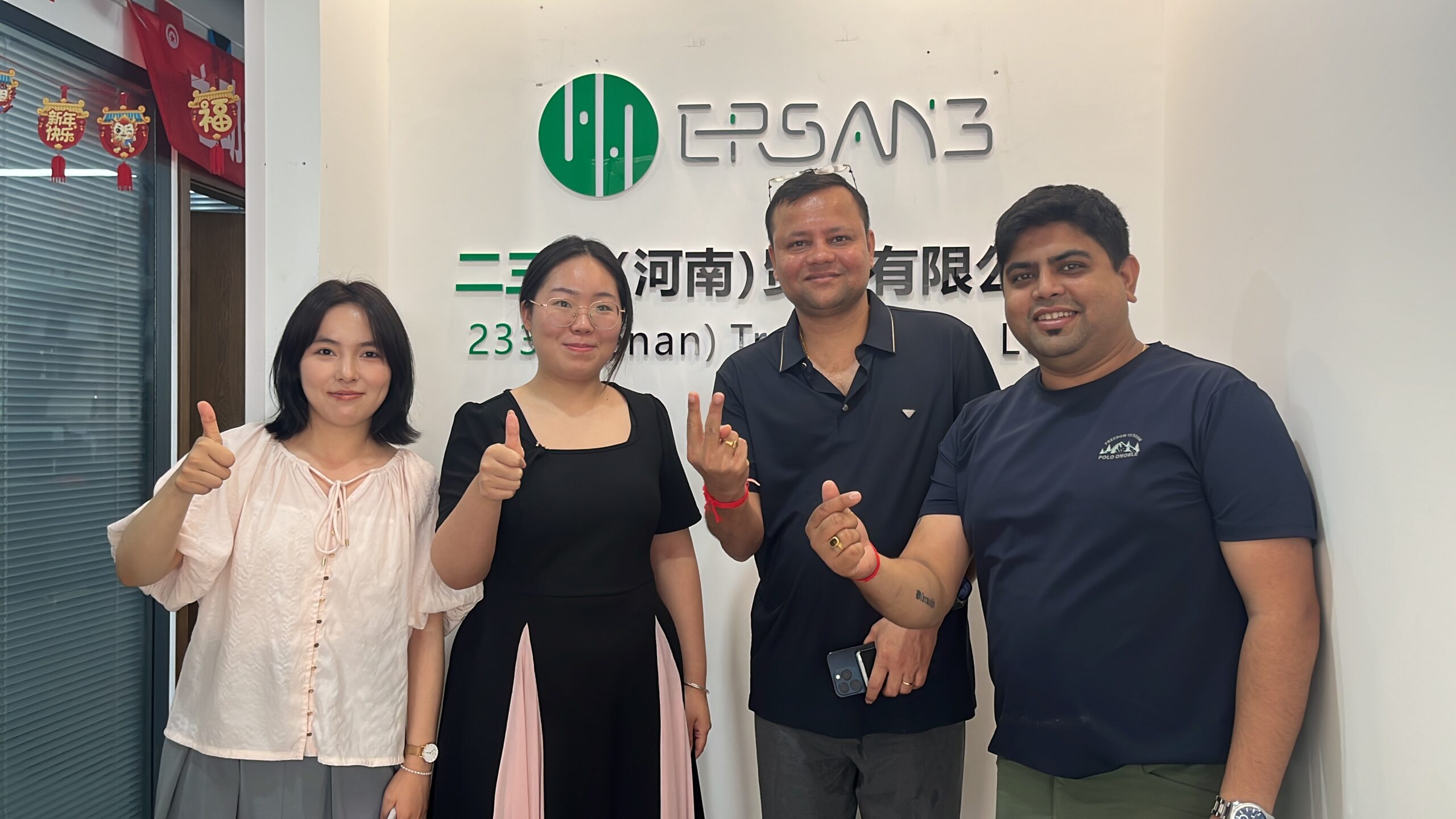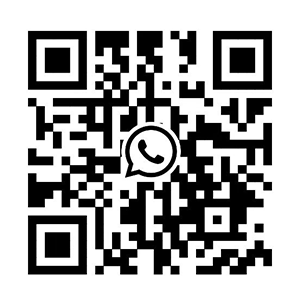Medical Device Insights——All You Need to Know About Patient Monitors
In today's rapidly evolving healthcare landscape, patient monitors have become indispensable tools in medical facilities worldwide. These sophisticated devices play a critical role in patient care, providing healthcare professionals with real - time data that is essential for making informed clinical decisions. In this article, we will delve into the various aspects of patient monitors, including their usage scenarios, the specific parameters they monitor, and their advantages.
Usage Scenarios of Patient Monitors
Patient monitors are versatile devices that find extensive applications across different healthcare settings. In intensive care units (ICUs), they are vital for closely tracking the condition of critically ill patients. In operating rooms (ORs), patient monitors provide surgeons and anesthesiologists with essential real - time physiological data, helping ensure patient safety during surgical procedures. In emergency departments, they enable rapid assessment and monitoring of patients' conditions. In general wards, patient monitors allow healthcare staff to continuously observe patients' vital signs, facilitating timely interventions in case of any abnormalities. Additionally, some patient monitors are designed for home healthcare use, enabling remote monitoring of patients' conditions and providing peace of mind for both patients and their families.
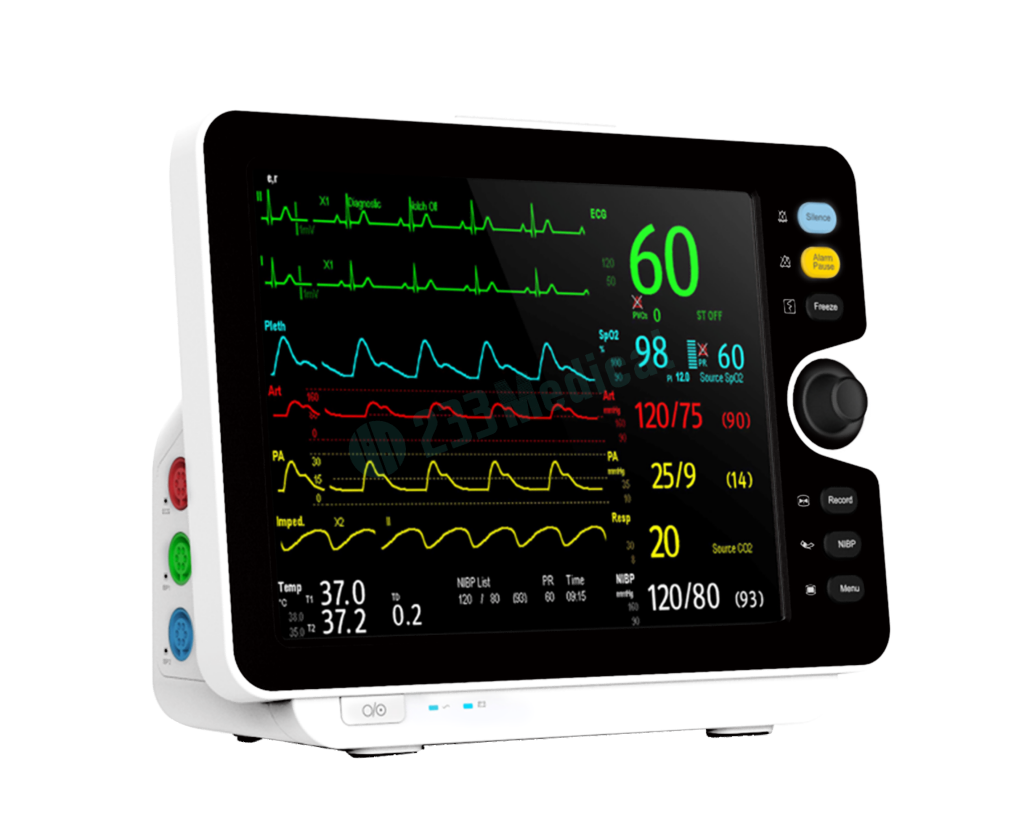
Key Parameters Monitored
Patient monitors are capable of measuring and displaying a wide range of physiological parameters. One of the primary parameters is the electrocardiogram (ECG), which reflects the electrical activity of the heart and is crucial for detecting arrhythmias and other cardiac abnormalities.
Respiration rate is another critical parameter, indicating the frequency of a patient's breathing and helping assess respiratory function. Blood pressure monitoring, including both non - invasive blood pressure (NIBP) and invasive blood pressure measurements, provides insights into cardiovascular status.
Oxygen saturation (SpO2) monitoring allows healthcare professionals to determine the level of oxygen in a patient's blood, ensuring adequate oxygenation.
Furthermore, patient monitors can also measure parameters such as body temperature, end - tidal carbon dioxide (EtCO2) levels, and heart rate. These comprehensive monitoring capabilities enable healthcare providers to have a holistic view of a patient's condition.
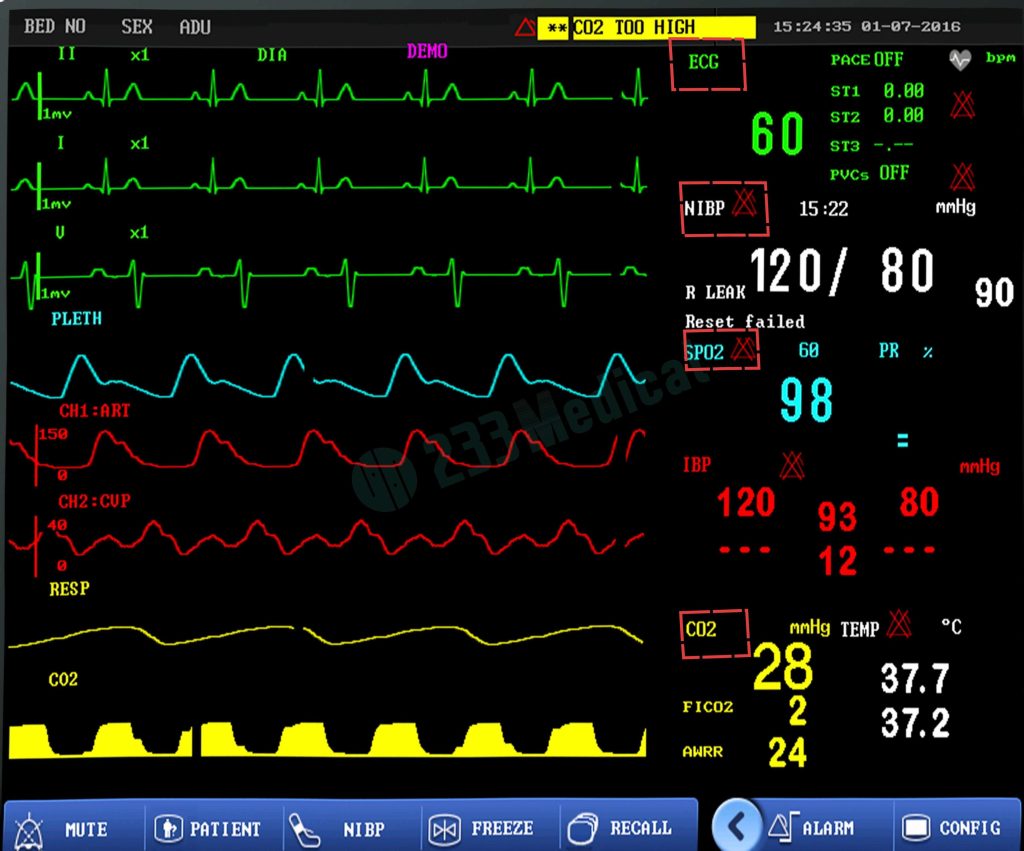
Advantages of Modern Patient Monitors
Modern patient monitors offer numerous advantages that enhance patient care and healthcare workflow. One significant advantage is their high - precision measurement technology, which ensures accurate and reliable data, enabling healthcare professionals to make precise clinical judgments. These devices feature user - friendly interfaces, often with customizable display layouts and intuitive controls, making them easy to operate even in high - pressure environments.
Many patient monitors are equipped with network connectivity functionality, allowing for seamless integration with hospital information systems (HIS) and electronic medical records (EMRs). This enables real - time data sharing and remote monitoring, improving the efficiency of healthcare delivery and facilitating collaborative care among healthcare teams. Their compact and portable design allows for easy transportation and flexibility in use, whether in different departments within a hospital or for home healthcare applications. Additionally, patient monitors have robust alarm systems that can promptly alert healthcare staff to any abnormal changes in a patient's condition, ensuring timely interventions and potentially saving lives.
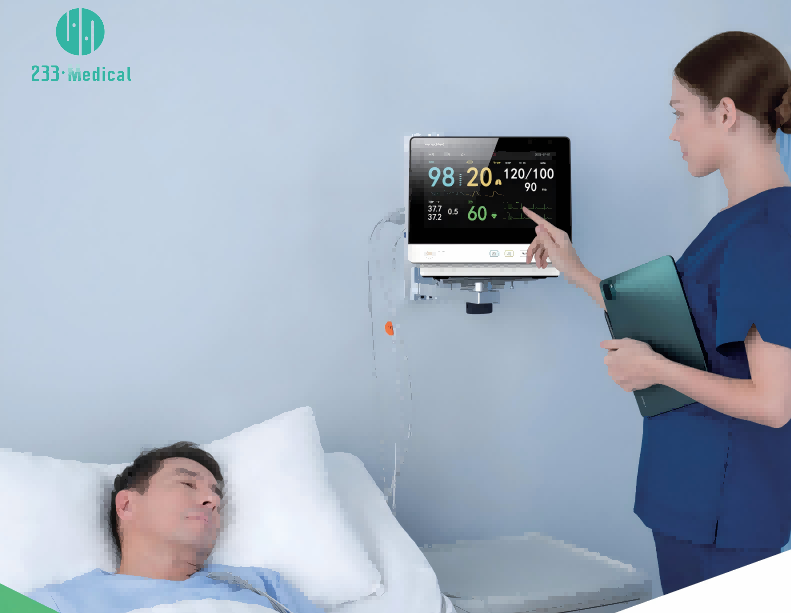
In conclusion, patient monitors are essential medical devices that play a pivotal role in modern healthcare. With their diverse usage scenarios, comprehensive monitoring parameters, and multitude of advantages, they have significantly improved the quality and efficiency of patient care. As technology continues to advance, we can expect patient monitors to become even more sophisticated and intelligent, further contributing to the advancement of the healthcare industry and the well - being of patients worldwide.

